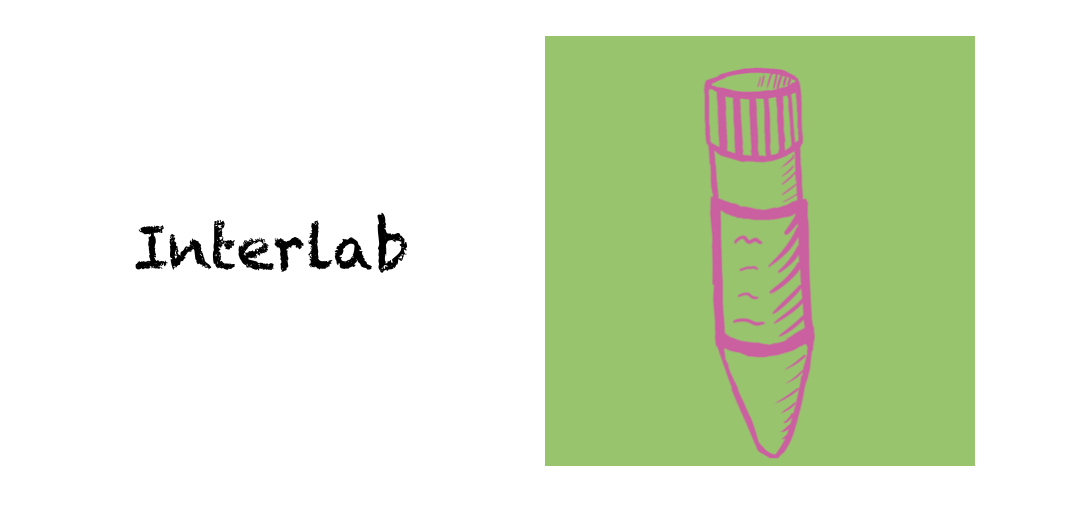

Gaining reliable data has always been an important goal in the investigation of biological structures. However, previous studies have shown that there is considerable variability between the standard unit of measurement used in different labs, thus leading to incomparable results and obstacles in analysis (e.g. the number of colonies in a sample).
For the interlab study this year, iGEM wishes to minimize lab-to-lab variability as far as possible. Instead of using the arbitrary unit of OD when measuring fluorescence absorbance, we normalized the unit for a number of colonies into absolute cell count or colony-forming units (CFUs) in fluorescence measurements. We used the competent cell as per the protocol (E.coli DH5-alpha), six devices for measurements (BBa_J364000 ,BBa_J364001, BBa_J364002, BBa_J364007, BBa_J364008, BBa_J364009 ), and two devices for negative and positive control (BBa_R0040 ,BBa_I20270 ) in our experiment and procured valid results for the normalization of units.
Protocol:
We followed iGEM’s protocol except the steps below:
1. We did calibration 1 (transforming Abs600 to OD600) for both 100ul and
200ul-deep ddH2O.
1. We found that the result of OD600/Abs600 varies for different depths. While step 1 of CFU requires a 200uL solution in each well, the 100uL results in calibration 1 cannot be used.
2. We used microplate shaker to shake the plate before putting into the plate reader
1. It was not practical to pipetting up and down to remix the culture ‘immediately before putting in the plate reader’, as pipetting is time consuming, and may create bubbles, which will affect the measurement.
Experience:
One obstacle we encountered was the dilution of the overnight culture to the target of Abs 0.02 at 0h. While we were measuring the Abs and calculating the dilution ratio, the bacteria grew rapidly, which led to unexpected results. This was finally resolved through we adding a calculation program into our computer, which will reduce the calculation time to a large extent.
